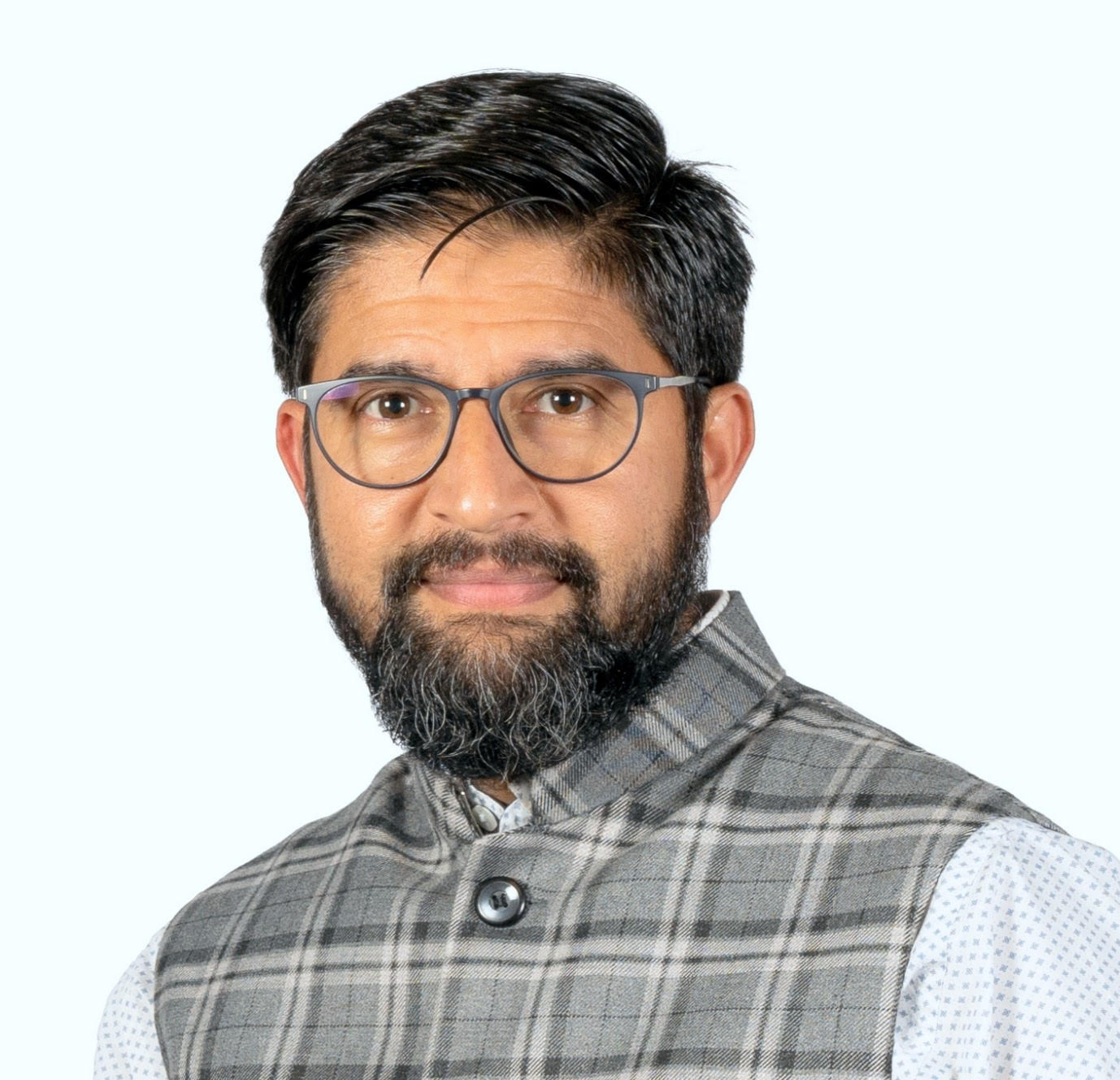Columns
Sedimentation in the Koshi can be a huge problem
The problems caused by the river will remain unresolved without urgent and efficient sediment management.
Santosh Nepal & Rajiv Sinha
The Koshi River, which drains through the highlands of Tibet and Nepal and debouches into the plains of north Bihar, is one of the most dynamic rivers in the world. The frequent shifting of the river’s course in downstream plain areas can be devastating for those in its new path. Recurrent flooding and the consequent forced migration has bestowed on the river the unfortunate appellation the ‘sorrow of Bihar’. Managing a river like the Koshi has for long been a nightmare for river engineers in India and Nepal. In order to develop effective river management strategies, we need to understand the structural factors that underlie the flooding.
The dynamic nature of the Koshi and the phenomenon of recurring floods are strongly linked. The root cause of the problem lies in the exceptionally high sediment flux of the river. The high rates of sedimentation are a consequence of the large-scale erosional processes in the upper catchments of the Koshi. The high rates of erosion are, in turn, due to the fragile and young geological formation that the Himalaya is, intense precipitation during the monsoon, and poor land management practices in the upper catchments of the river. Along with the turbulent flows from the mountains, sediments produced from mountain slopes are transported and deposited downstream in the rivers and plains of southern Nepal and north Bihar.
A recent study published in the Journal of Hydrology reveals that a sediment load of 100 million tonnes is generated on average each year at Chatara in Nepal, where all seven upstream tributaries of the Koshi meet. That implies a sediment load of as much as 1,915 tonnes per square kilometre a year. Comparing this figure with that of some of the largest rivers in the world—the Amazon (140 tonnes per square kilometre a year), the Ganga (156 tonnes per square kilometre a year), or the Mississippi (30 tonnes per square kilometre a year)—highlights the gravity of the problem. However, as the Koshi River flows downstream in Bihar, its average annual sediment load drops drastically, from 100 million tonnes at Chatara to 80 million tonnes at Birpur, and only 40 million tonnes at Baltara, close to its confluence with the Ganga. Such a sharp reduction in its sediment load suggests excessive siltation in its alluvial reaches. This is caused by the low gradient and the river flowing slower on those stretches.
Superelevated Koshi
The river has been embanked on both sides in its alluvial reaches since the mid-1950s, thus confining most of the sediment deposits it receives. And that volume is massive: The study quoted above states that the total mass of sediments accumulated in the Koshi channel over the last 64 years, since the construction of the embankments, may be 408 million cubic metres on the Chatara-Birpur stretch. On the stretch between Birpur and Baltara, it is a staggering 1.08 billion cubic metres. As a consequence, the riverbed is significantly raised, making the river ‘superelevated’. In some places, such as Kusaha, the riverbed has ended up being 2-3 metres higher than the adjoining floodplain! This ‘superelevation’ causes instability in the river, leading to breaches of the embankments and extensive flooding. It is striking that, since the construction of the embankments, most floods in the Koshi basin have occurred because of breaches in the embankments rather than overbank flooding.
Another study by scientists at IIT Kanpur mapped several hotspots of siltation along the Koshi, where excessive sedimentation has occurred during the last few decades. It was found that most of these hotspots coincide with points where the embankment was breached recently. This clearly demonstrates the risks posed by the superelevated river to the people living under a false sense of security provided by the embankments.
Managing the sediment
To deal with these challenges, an integrated assessment of land cover changes, erosion and sedimentation, at the transboundary level, is required. This will provide a better understanding of the cause-and-effect relationship between different processes, and help in designing sustainable strategies for sediment management. For this, additional monitoring stations, with their location based on identified siltation hotspots, should be made operational for more complete and robust data. Sites of excessive erosion in upstream areas need to be identified and appropriate management of land and vegetation endorsed.
The large volumes of sediment accumulation call for unprecedented measures. Siltation in the Koshi River has crossed the threshold of natural flushing, and some strategic dredging may be necessary to restore the river to its natural condition. More than anything else, a complete sediment management plan is urgently needed that must include desiltation and strategies for the commercial utilisation of silt. In Bihar, the government needs to conduct strategic dredging of downstream stretches. It then needs to innovatively promote large-scale use of the dredged silt in road construction, embankment maintenance, agriculture, and reclamation of low-lying and waterlogged areas.
Apart from scientific inputs by academics, a public-private sector partnership could play an important role in this endeavour and bring large-scale socioeconomic gains. Finally, it is important to note that erosion and sedimentation in the Koshi basin have transboundary impacts. Therefore, data and information-sharing at the transboundary level, for timely and coordinated interventions, is absolutely crucial to derive long-ranging benefits.
Sinha is a professor at the Department of Earth Sciences, IIT Kanpur, India, and Nepal is a water and climate specialist at ICIMOD, Kathmandu.




 16.12°C Kathmandu
16.12°C Kathmandu
















